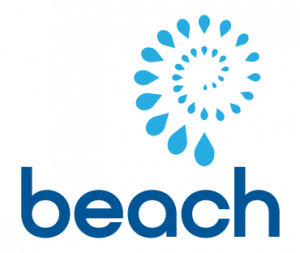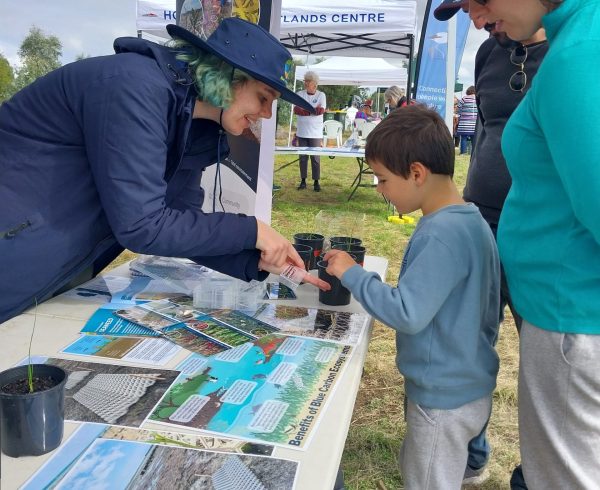
On April 12th, our #ReGenOurCoast team participated in the Boollam Boollam Willum Cultural and Biodiversity Festival, organised by Hobson’s Bay City CouncilRead more
REGENERATING OUR COASTS
Coastal wetland restoration can be challenging as impacted areas may have lost key hydrological or soil features that are needed for plant seeds and roots to establish and thrive. In these scenarios, restoration via natural revegetation may not be possible.
Biodegradable structures that slow water flow and encourage soil accumulation while also mimicking nature’s design provide a solution for coastal restoration challenges.

Regenerating Our Coasts is a multidisciplinary program that encompasses two overarching themes: Restoration & Outreach. We will trial biodegradable structures to promote coastal regeneration, while assessing broader opportunities for these facilitated restoration techniques in Australia. We will also educate and engage the public, stakeholders and industry on how facilitated restoration techniques can benefit the ecosystem at local scales and beyond.
Together, this program aims to advance the health and stewardship of our coastal ecosystems through meaningful ecological and social impact.
We’re now in the second year of the program! So far, we’ve trialled direct seeding into the BESE-elements structures, as well as directly planting mangrove seedlings (grown in a nursery) and saltmarsh transplants from existing patches of nearby vegetation.
We’re also testing methods for injecting seagrass seeds into these structures and trialling whether the structures can help intertidal seagrass re-establish in areas where it has been lost.
We know that that site characteristics, including wave energy, sediment type, and elevation, are important for the survival and growth of wetland plants in our trials.
That’s one of the reasons why ReGen has deployed wave sensors at our trial sites, and why we’re collecting ongoing data about the responses of the soil and plants both within the structures and for comparison with other restoration techniques.
One thing we know from our own experiences and from the shared learnings of other groups who have been working tirelessly to regenerate our coasts is that the cost in time and effort for successful active restoration projects is high. So, how can coastal managers select restoration sites that give the best bang for their buck? Well, we’re currently developing a spatial analysis tool that will help select sites based on hydrological features, existing or historical habitat types, and preferred restoration outcomes. Watch this space!
Keep up with our research at #ReGenOurCoasts!
BESE-elements®, produced by BESE in the Netherlands, is a 3D lattice made of compostable potato starch from industrial waste. These structures degrade in 2-10 years depending on the material and the ecosystem in which it is used. This sustainable, non-toxic lattice mimics key coastal soil conditions that promote seedling and root establishment.
For example, the structure slows water movement, allowing for soil accumulation and seed capture. Roots of seedlings or co-transplanted plants are able to establish as the structures stabilise the soil. BESE-elements have been shown to promote revegetation of seagrass and saltmarsh ecosystems in Europe and North America.
Given the extent of coastline conversion in the last 200 years as well as the push for restoring blue carbon ecosystems, there is enormous potential for this technology to facilitate and accelerate coastal restoration practice in Australia.
Find out about BESE-elements at https://www.bese-products.com/
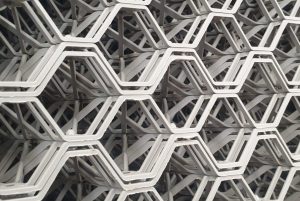
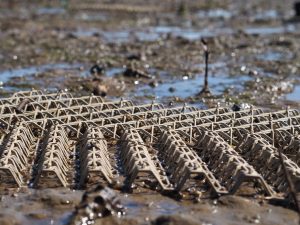
We believe that a successful restoration project involves educating and engaging the public, stakeholders, and industry.
As part of our outreach, we’ve been posting program explainers to social media, speaking at community days and scientific conferences, and writing about the program on our blog. We will also develop outreach and learning tools (such as an interactive StoryMap) – watch this space.
To achieve the program’s engagement objectives, we are building relationships with local communities, including Traditional Owners, near our restoration sites. Through a series of citizen science days these communities will contribute to key steps of the restoration process by participating in planting, monitoring, and data-collection activities. So far, the program has held two citizen science days (see below for highlights of our most recent activity) at one of our trial sites in Western Port, with an event in northern Port Phillip Bay planned for early 2024.
Thanks to everyone who joined us on 20 October for a day of planting and measuring mangrove seedlings! You can check out some of the highlights from the day below.
Artificial reefs help slow erosion and grow mangroves (ABC News bulletin, November 2023)
Australia’s coastal towns are facing major erosion. Are artificial reefs a solution? (ABC Victoria, November 2023)
Scientists use 3D-printed biodegradable structures to halt erosion (ABC Gippsland, March 2023)
Researchers trial novel way to restore coastal wetlands (Deakin, March 2023)
Beach enters major coastal wetlands restoration partnership (beach Energy, August 2022)
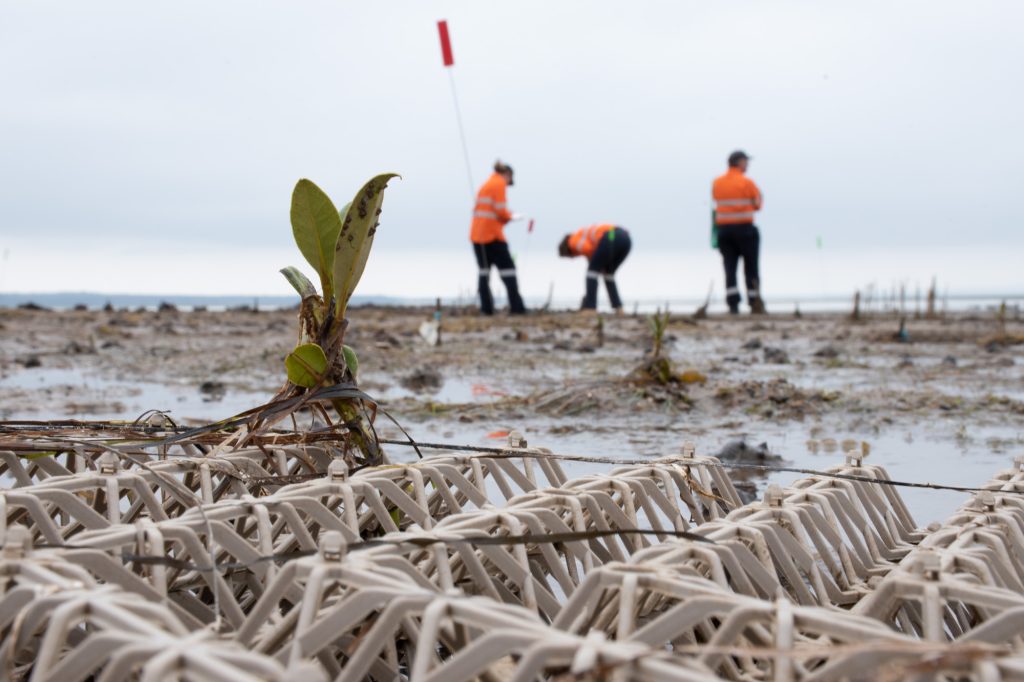

On April 12th, our #ReGenOurCoast team participated in the Boollam Boollam Willum Cultural and Biodiversity Festival, organised by Hobson’s Bay City CouncilRead more
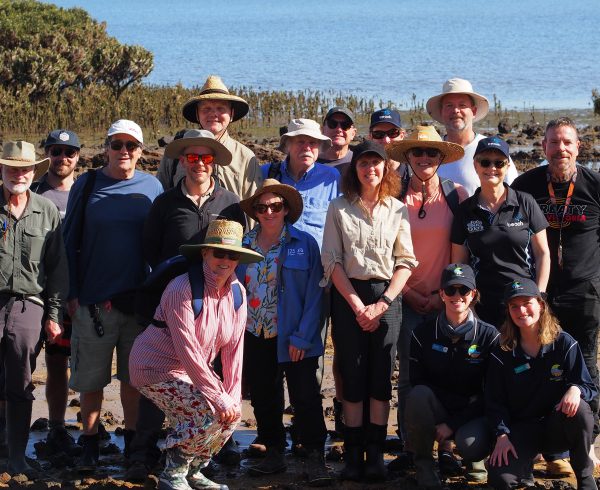
In October the #ReGenOurCoasts team held a second citizen science event at our trial restoration site in Corinella, Western Port. This time,Read more
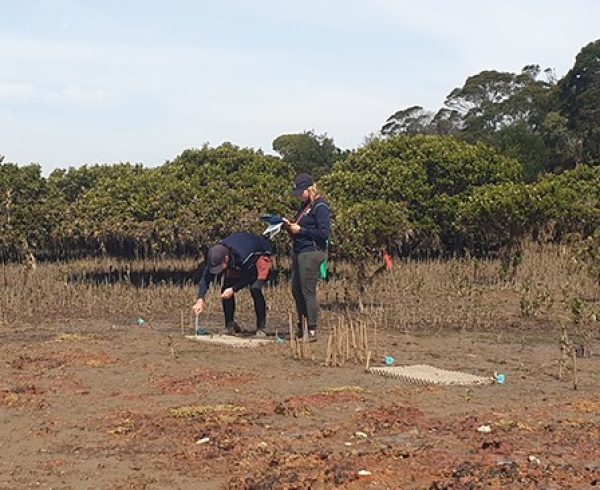
Regenerating Our Coasts is trialling an active restoration method for coastal wetlands along the Victorian coastline in Australia. The work entails theRead more
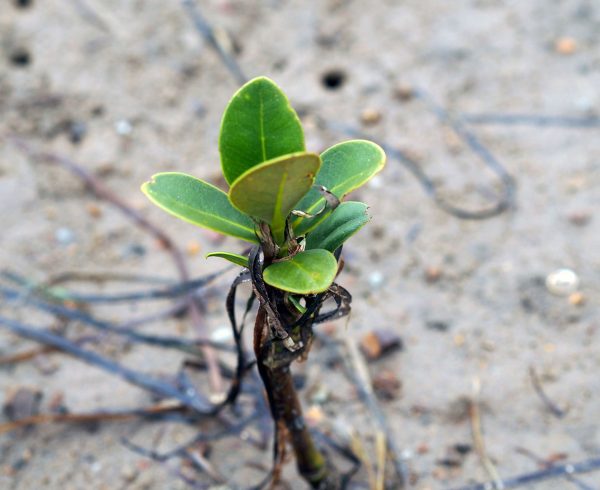
Regenerating Our Coasts is moving into an exciting phase – mangrove seeds planted into our trial plots over summer have germinated andRead more
This program is funded by Beach Energy.
